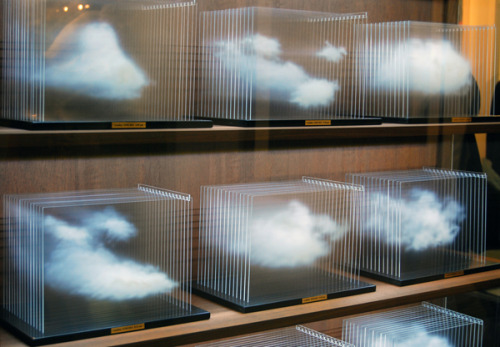0063

0063
More Posts from Hannahhaifisch and Others


La Vitrina Cloud Collection - Leandro Erlich (2011)

Robert Irwin @ Art Basel 2015
Black 3, 2008
via

0002

Four Planet System in Orbit, Directly Imaged | Planetary Landscapes Credit: Many Worlds
This evocative movie of four planets more massive than Jupiter orbiting the young star HR 8799 is a composite of sorts, including images taken over seven years at the W.M. Keck observatory in Hawaii.
Read more here.


Tetrahedrite with Siderite
Locality: Saint-Pierre-de-Mesage, Vizille, Rhone-Alpes, France

Picture of the longest Solar Eclipse we observed so far. It lasted up to six minutes and 39 seconds, a duration that will not be surpassed until 2132.
js


A photo of Saturn. Took by Hubble with HSTWFPC2 on December 09, 2002 at 10:36:16. Detail page on OPUS database.



How spheres impact water has been studied for more than a century. The typical impact for a rigid sphere creates a cavity like the one on the upper left - relatively narrow and prone to pinching off at its skinny waist. If the sphere is elastic –squishy – instead, the cavity ends up looking much different. This is shown in the upper right image, taken with an elastic ball and otherwise identical conditions to the upper left image. The elastic ball deforms; it flattens as it hits the surface, creating a wider cavity. If you watch the animations in the bottom row, you can see the sphere oscillating after impact. Those changes in shape form a second cavity inside the first one. It’s this smaller second cavity that pinches off and sends a liquid jet back up to the collapsing splash curtain.
From the top image, we can also see that the elastic sphere slows down more quickly after impact. This makes sense because part of its kinetic energy at impact has gone into the sphere’s shape changes and their interaction with the surrounding water.
If you’d like to see more splashy stuff, be sure to check out my webcast with a couple of this paper’s authors. (Image credits: top row - C. Mabey; bottom row - R. Hurd et al., source; research credit: R. Hurd et al.)
-
 hannahhaifisch reblogged this · 8 years ago
hannahhaifisch reblogged this · 8 years ago -
 hannahhaifisch liked this · 8 years ago
hannahhaifisch liked this · 8 years ago -
 konkretegifs liked this · 8 years ago
konkretegifs liked this · 8 years ago